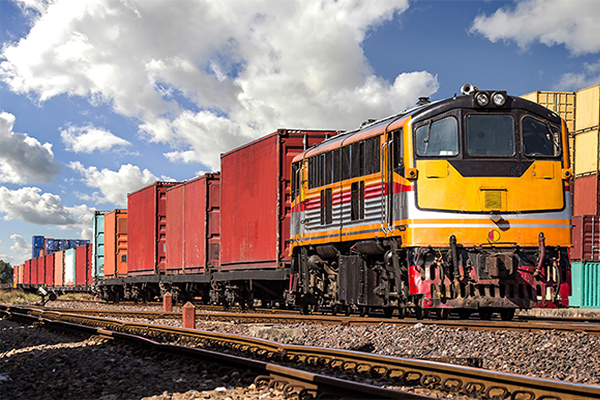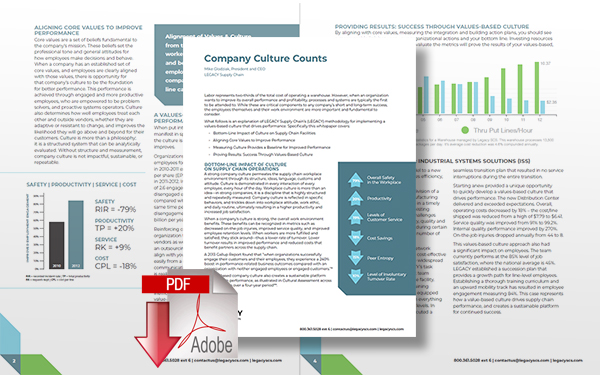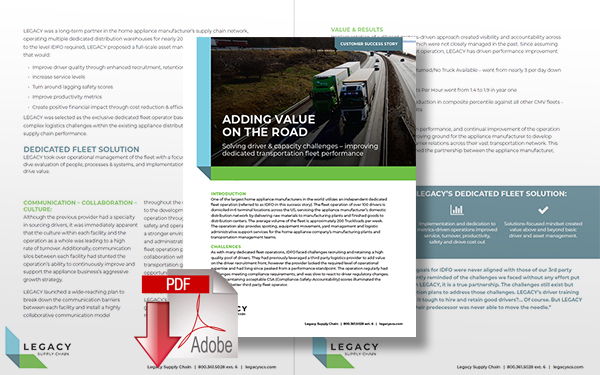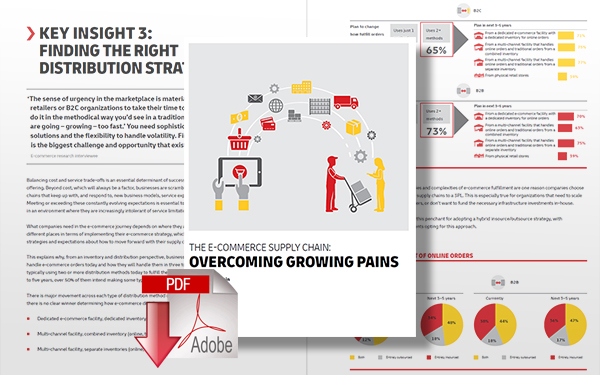Why a Possible Railroad Strike Would Cripple the Supply Chain and Encourage Inflation Fears
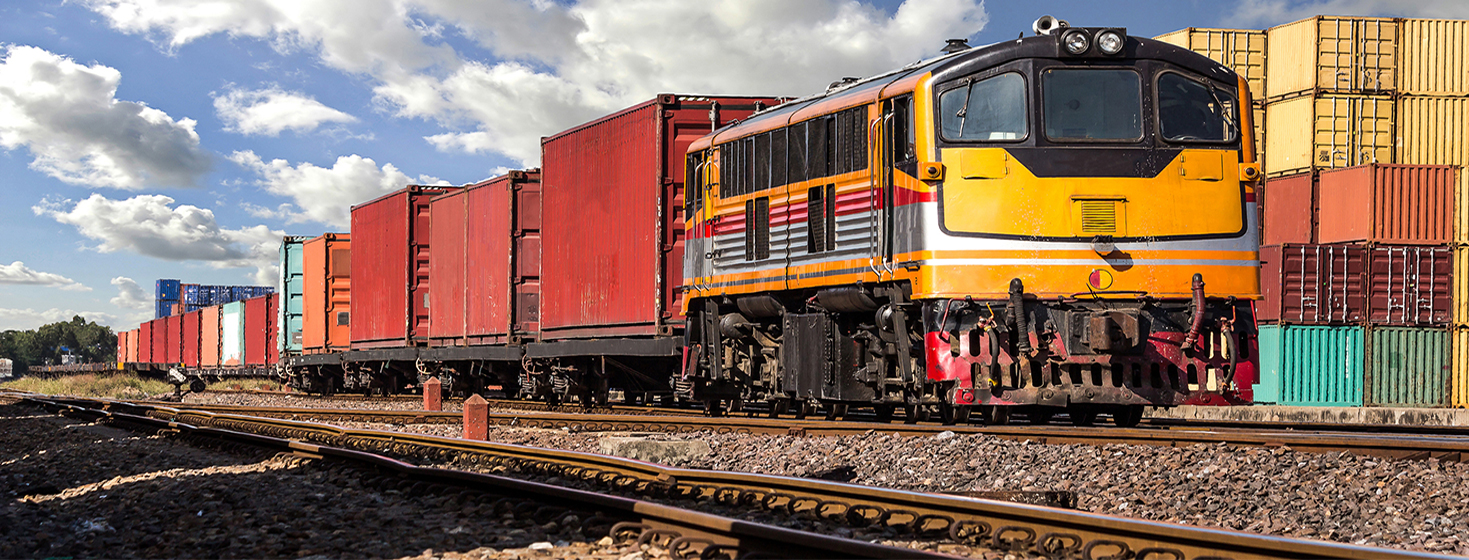
The cost of a rail strike is seen at $2 billion a day; ‘there aren’t enough trucks to handle that volume’ - for several days, the prospects for preventing a railroad strike or lockout rested with a handful of leaders from labor, industry and government, whose marathon talks led to a tentative agreement Thursday.
National Railroad Strike
A possible national railroad strike is looming over the U.S. supply chain and adding to the inflation fears that have rocked markets this week.
Major freight railroad operators have already warned that they are preparing for a possible strike and halting some services, creating network slowdowns.
Railroad stocks such as Union Pacific Corp. and CSX Corp. as well as shares of the iShares Transportation Average ETF IYT, fell on Wednesday, continuing a downdraft that has brought losses for the ETF of nearly 4% so far this week.
Wall Street expects Congress to intervene and head off a work stoppage. In the meantime, Labor Secretary Marty Walsh continued “to lead discussions” Wednesday between railroads and unions, a DOL spokesperson said.
“The parties are negotiating in good faith and have committed to staying at the table today,” the spokesperson said.
If a strike happens, the big question will be for how long.
“If we were to have a prolonged strike, let’s say two weeks or more, it would be incredibly debilitating for economic activity,” Jason Miller, a Michigan State University professor who follows the supply chain, told MarketWatch.
“Depending on how you want to measure it, the railroads at some point touch between about a third to about 45% of all freight in the U.S. at some point or another.”
Railroad Strike Averted As White House Reaches Tentative Agreement with Workers (Video)
Yahoo Finance’s Kevin Cirilli joins the Live show to discuss the White House’s five-year tentative agreement with railroad strikers.
U.S. Rail Strike Averted, But Labor Deal Faces Tough Union Votes
President Joe Biden's administration secured a tentative deal on Thursday to avert a railway strike that could have wreaked havoc on the U.S. economy, but union members angered by tough work conditions have yet to ratify the agreement.
A deal between major U.S. railroads and unions representing tens of thousands of workers was reached after about 20 hours of talks brokered by Labor Secretary Marty Walsh. “It’s Important That They’re Respected”: Labor Secretary Marty Walsh On Averting Railroad Strike Video.
Workers agreed not to strike while votes are tallied over the next several weeks, avoiding a stoppage that could have started on Friday.
Walsh told Reuters it was a “very nice contract, good contract for workers” and for employers. It had provisions that “have never been in contracts before” for rail workers.
Delivering remarks in the White House Rose Garden, Biden called the deal a “big win for America” and promised more worker-company agreements in the future. Averting a strike helped the Democratic leader avoid fresh supply chain shortages and inflation hikes ahead of November's midterm elections.
4 Unions Represent Approximately Half of Rail Workers in the USA
Heather Hoffman, Marketing & Sales Specialist at LEGACY Supply Chain Services told Supply Chain 24/7 that prior to Biden's administration securing a tentative deal on Thursday, the Multiple North American rail carriers were expected to implement contingency plans to shut down their networks this week in preparation for an upcoming labor stoppage. Rail providers such as Norfolk Southern have announced preparation to begin shutting down services starting as early as Tuesday, September 12.
Despite negotiations and federal intervention, A Pending Deadline of September 16 Looms for 4 of the 12 rail worker unions that have not yet reached a new agreement with rail carriers. These 4 unions represent approximately half of rail workers in the US.
Approximately 40% of the nation’s long-distance freight moves by rail and the stoppage of 7,000 trains daily would trigger retail product shortages and widespread manufacturing shutdowns. This would also put tremendous strain on over-the-road truck capacity in an environment already facing significant driver shortages. It is estimated this shutdown due to a strike could cost the economy up to $2 billion per day.
Per a railroad spokesperson, “The railroads remain in active discussions with the unions that have not yet reached tentative agreements and will continue making every effort to reach agreements based on the PEB (Presidential Emergency Board) recommendations.” However, attendance policies and other quality of life provisions remain a barrier in negotiations.
Disruption will be felt on rail capacity, all domestic trucking capacity, as well as international containers moving to interior points. Depending on the timeframe it can also create issues at the ports themselves. We do expect transportation market costs to increase as a result. I urge you to plan ahead with your service providers to try and mitigate the impact of this looming disruption.
Halting Freight Trains Could Cost the U.S. Economy More Than $2 Billion per Day
It was the Association of American Railroads that had warned halting freight trains could cost the U.S. economy more than $2 billion per day. If a shutdown were to last more than a few days, the impact would likely be felt by millions of consumers, as it would disrupt shipping of virtually all retail products, coal, other fuels, and manufacturing components.
Commuters would also be out of luck, as many passenger trains run on the freight tracks that would be idled in a strike, experts say.
In the past, most recently in 1986, Congress has acted to end railroad strikes. If no agreement had been reached this week, both houses could have passed a joint resolution - that the president would have had to sign - effectively forcing the rail workers to keep working under terms laid out by an emergency board established by the White House earlier this year. The U.S. Chamber of Congress had urged Congress to stand by and be ready to intervene before Thursday morning's agreement was announced.
In a statement lauding Mr. Biden and the labor secretary for their roles in the negotiations, Speaker of the House Nancy Pelosi confirmed that Congress had “stood ready to take action… to ensure the uninterrupted operation of essential transportation services.”
“Led by the Transportation and Infrastructure Committee, the House prepared and had reviewed legislation, so that we would be ready to act, pursuant to Section 10 of the Railway Labor Act,” said Pelosi. “Thankfully this action may not be necessary.”
7 Transportation & Logistics Technology Trends to Watch
The logistics industry will evolve to adapt to various challenges and enterprising organizations are investing in exciting new technologies to address some of the most pressing pain points affecting transportation and logistics, read more.
Related White Papers
Company Culture Counts
This white paper details how to achieve higher supply chain performance through a values-based culture model. Download Now!
Adding Value on the Road by Outsourcing your Transportation Fleet Operations
Outsourcing your transportation fleet operations to a dedicated fleet services provider can help ensure consistent capacity, increase on-time delivery, and drive service excellence. Download Now!
The Ecommerce Supply Chain: Overcoming Growing Pains
This report and survey captured the opinions and insights of nearly 900 decision-makers responsible for logistics and supply chain management and e-commerce distribution strategy across the globe. Download Now!
More Resources from Legacy Supply Chain
Related Article: Industry Experts Discuss the Strategic Management of Ecommerce Logistics
Latest News about the National Railroad Strike
Article Topics
LEGACY Supply Chain Services News & Resources
Outsourcing eCommerce Fulfillment to a 3PL Rapidly Improve the Performance of Your Warehouse Logistics 20 Warehouse & Distribution Center Best Practices for Your Supply Chain Warehouse Contingency Planning Template 7 Last Mile Logistics Delivery & Ecommerce Trends You Don’t Want to Overlook Increase Inventory Visibility across Your Supply Chain and Optimize Omni-Channel Fulfillment Omni-Channel Logistics Leaders: Top 5 Inventory Insights More LEGACY Supply Chain ServicesLatest in Transportation
FedEx Announces Plans to Shut Down Four Facilities The Two Most Important Factors in Last-Mile Delivery Most Companies Unprepared For Supply Chain Emergency Baltimore Bridge Collapse: Impact on Freight Navigating Amazon Logistics’ Growth Shakes Up Shipping Industry in 2023 Nissan Channels Tesla With Its Latest Manufacturing Process Why are Diesel Prices Climbing Back Over $4 a Gallon? More Transportation